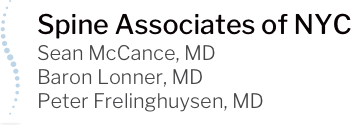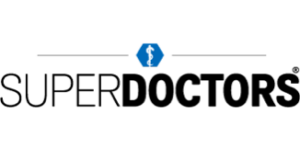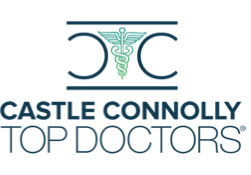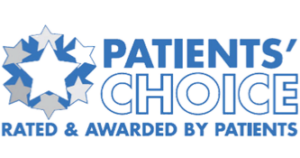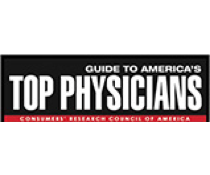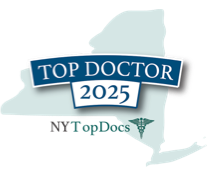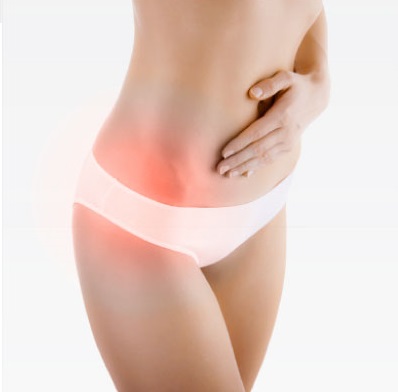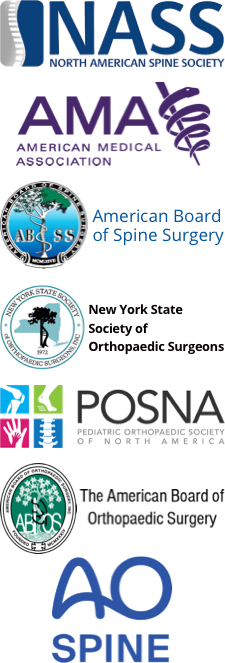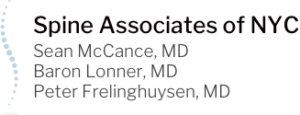From day to day, as we walk, run, sit, and lie down, it can be easy to forget about our hips – that is, until they suddenly start to hurt. They need care, especially in relation to the rest of the back; the spine rests on the hips, so the hips have a very important job when it comes to alignment and posture. In fact, pain you feel in your hip may signal a problem in your back – and tight or weak hips can disrupt your back’s proper alignment.
Some hip and back pain may be the result of lumbar spinal stenosis, a condition that becomes more common as we age past 50. In this condition, the spinal canal narrows, squeezing the nerves inside. In milder cases, symptoms can be treated with a combination of medications, physical therapy, and injections. In cases with severe narrowing of the spinal canal, surgery is necessary to get symptom relief.
With arthritis of the hip, decreased range of motion can occur, which can put increased stress on the lower back. Also if one leg is shorter than the other, that can cause pelvic tilt which can induce scoliosis and abnormal stress on the vertebra and disks of the lower back.
For muscular forms of hip pain, exercise can likely address the problems. Consider them part of your core and focus attention on strengthening them accordingly.
Muscles to target [PDF] are the glutes, hamstrings, piriformis, adductors, abductors, and tensor fascia. These muscles, located in the buttocks, thighs, and back of the legs, are what keep the hips stable. Hip strengthening is especially important for women, who are more prone to weakness in the hips than men.
If you feel tightness in your hips, consider practicing yoga, or incorporating hip-stretching poses in your workouts – like these effective hip openers. Pilates and other exercises that focus on balance and side-to-side movements are also great options forfortifying the hips and lower back.
Should you experience hip or low back pain accompanied by tingling, numbness, or difficulty walking, I recommend consulting your doctor right away.
